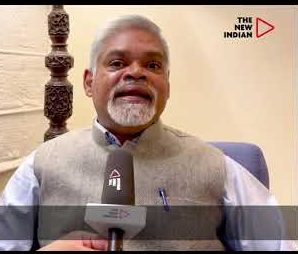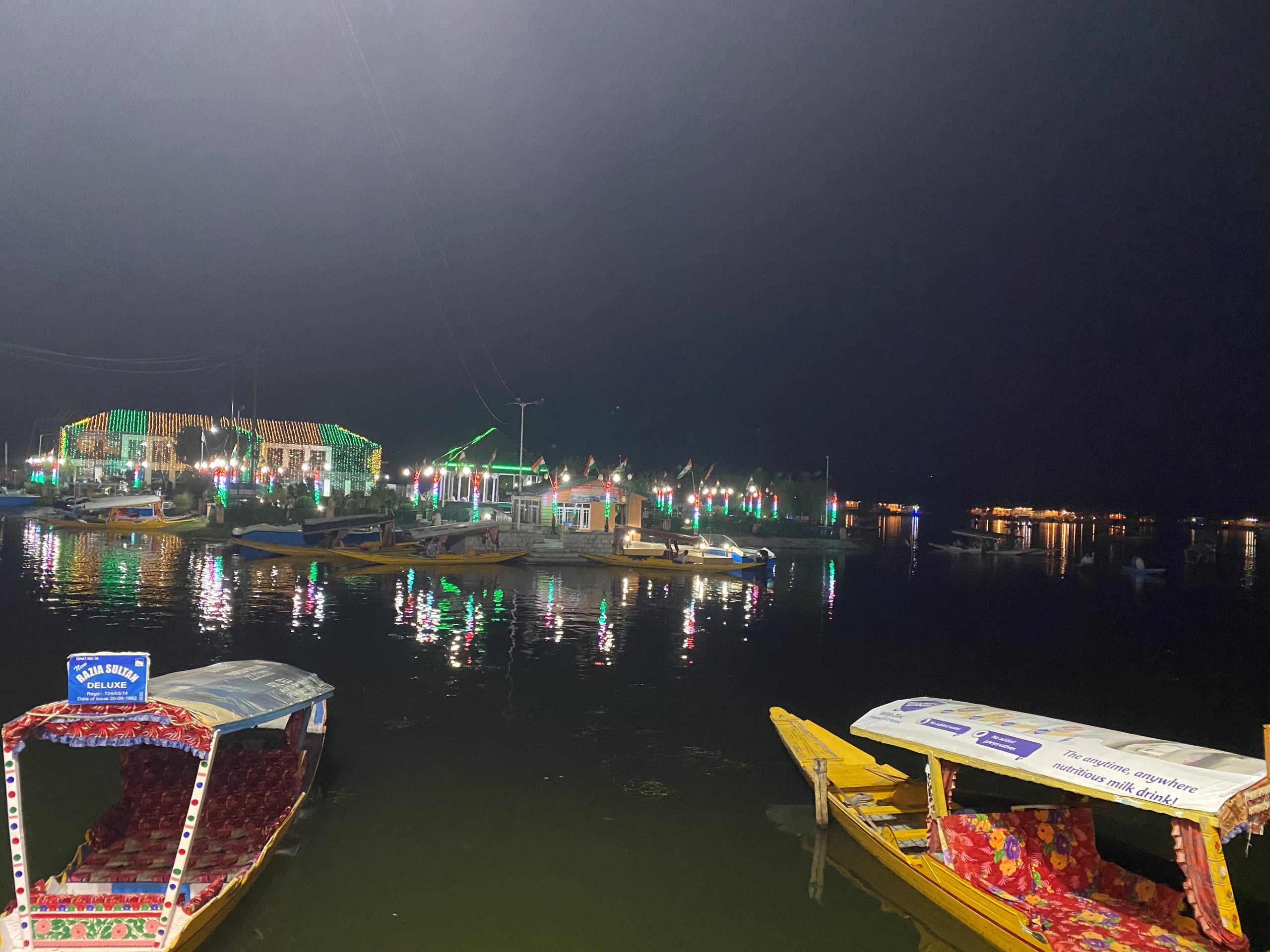Silent. That’s the word that best describes the current mood in Kashmir.
Some would prefer the word ‘calm.’ They could even call it ‘placid’ — for so it is now, like the surface of the dead Dal Lake.
Others would want to say ‘silenced’. That works too, for the connection between crime and punishment has clearly been established. That’s better than the anarchy of the past — except that ‘crime’ now covers a rather wide range of activities.
The important thing, though, is not what slant one wants to give the silence, but how deep or abiding it is. My sense is that there is a lot going on in people’s minds.
One must remember that the basic culture of Kashmir has remained more or less constant, whatever the dominant religion or ruler, for more than a thousand years. It can’t change in two or three.
The editor of my first book on Kashmir used to complain that it was ‘like a train’ of events, in which I didn’t make a point. A lot of the Kashmiris who read it didn’t agree. I did make points. And one of the chief themes running through that book is ambivalence, the long-standing marker of Kashmiri culture.
Characteristically, this silence could go either way. But those in charge of the state apparatus are missing opportunities to turn the silence positive. Not only was high-speed internet denied for far too long, panicky restrictions after Syed Ali Shah Geelani died a month ago were excessive.
There is no sign that anyone was trying to defy restrictions. So, it could potentially have been an unparalleled opportunity to let the world see that Kashmir is calm without repression.
International scenario
With such unnecessary excesses, the silence could easily turn the other way, depending on the prospects.
No wonder Kashmiris have been following international developments with keen interest. People were agog in the summer of 2020 that ‘the Chinese are coming’. Since August, there’s been excited talk of ‘the Taliban are coming’.
Neither might actually happen, but policymakers must take on board the possibilities of ground-level responses in case cross-boundary developments do take place.
The way China is ramping up war preparations, with new airfields and missile silos, makes one wonder if more action might occur near the Line of Actual Control in Ladakh, perhaps next spring — if not before.
The Chinese have the advantage of using all-weather roads to rotate troops through the winter. So, I hope the Zoji La tunnel to Ladakh will be ready early next year.
Trouble is brewing from the other direction too. Despite resistance in a few isolated pockets, Pakistan’s takeover of Afghanistan through the Taliban is more or less complete. Though some of the Taliban chafe at the neighbour’s dominance, the ISI has ensured that its most loyal outfit, the Haqqani faction, is firmly in control, particularly in Kabul.
So, one shouldn’t be surprised if Afghans start filtering into Kashmir this winter, and become active in spring. The Line of Control already heated up last weekend. (The ‘ceasefire’ was a pause to focus on Afghanistan.)
Long-standing predictions
I’ve predicted for a decade now that these three challenges to national security — Chinese revanchism, Pakistan’s designs, and street unrest — could converge as a lethal triad of threats.
Also about a decade ago, I predicted that the then covert talks between the US and the Taliban would result in the US handing Afghanistan back to the Taliban, and that would have a terrible impact on Kashmir.
It’s also been clear for long now that not only Pakistan and China, but Turkey and the UK too are inimical.
I hate to be a Cassandra but all these predictions are panning out. China and Turkey actively backed Pakistan in Afghanistan, and the UK made accommodative noises.
Meanwhile, it pulled Australia into a fresh Anglo-Saxon strategic line-up with the US. While that suits Japan, since the focus of the Anglo-Saxon trio must be towards China’s east coast, it leaves out the fourth country in the Quad — India.
Since China has weaned over many of India’s SAARC neighbours, and AUKUS has shifted the centre of gravity of Quad decidedly east, India is pretty much on its own.
Political outreach
These straitened strategic circumstances require a political outreach in Jammu and Kashmir and Ladakh, even more than was in any case needed. Efforts must be made to reach past the ambivalent silence and win the confidence of as many segments of people as possible.
Enough talk of development! No one can match the development former J&K Prime Minister Bakshi Ghulam Mohammed brought about in the last decade of Nehru’s life.
Mindlessly spending large amounts of money — including on saving the dead Dal — is exactly what these three years was supposed to change. It spurs corruption, which then leads to repression to avoid accountability. That old story is being fatuously and endlessly repeated.
The fresh outreach needs to be straightforward and respectful, not a buy-them-over exercise. Remember, the buyable remain available to switch.
Rather than the forces, civil society must reach out with sincerity through political, cultural, and religious leaders, and NGOs, right across the erstwhile state from Nubra to Kathua.
(David Devadas is the author of The Story of Kashmir and The Generation of Rage in Kashmir.)
[Disclaimer: The opinions, beliefs and views expressed by the author are personal.]











